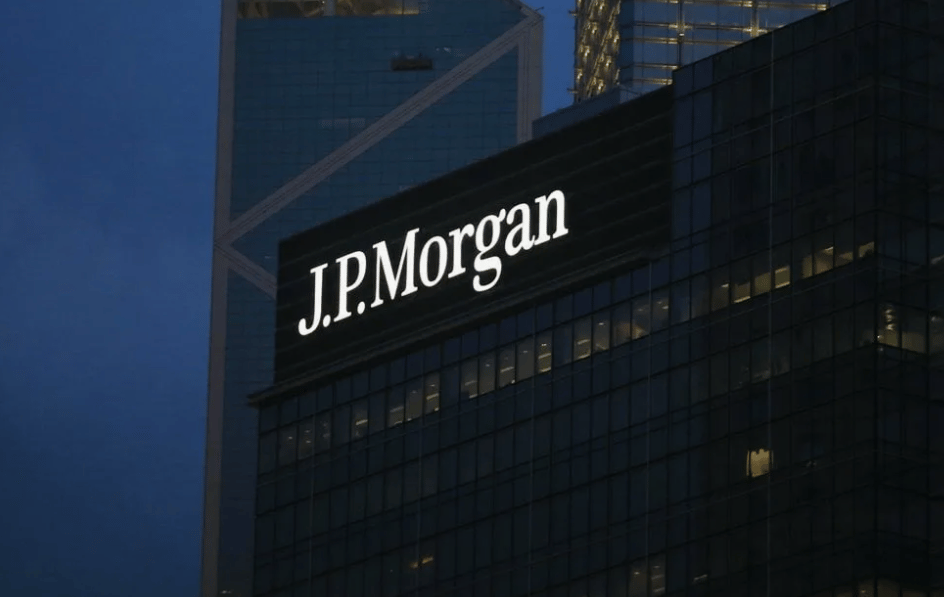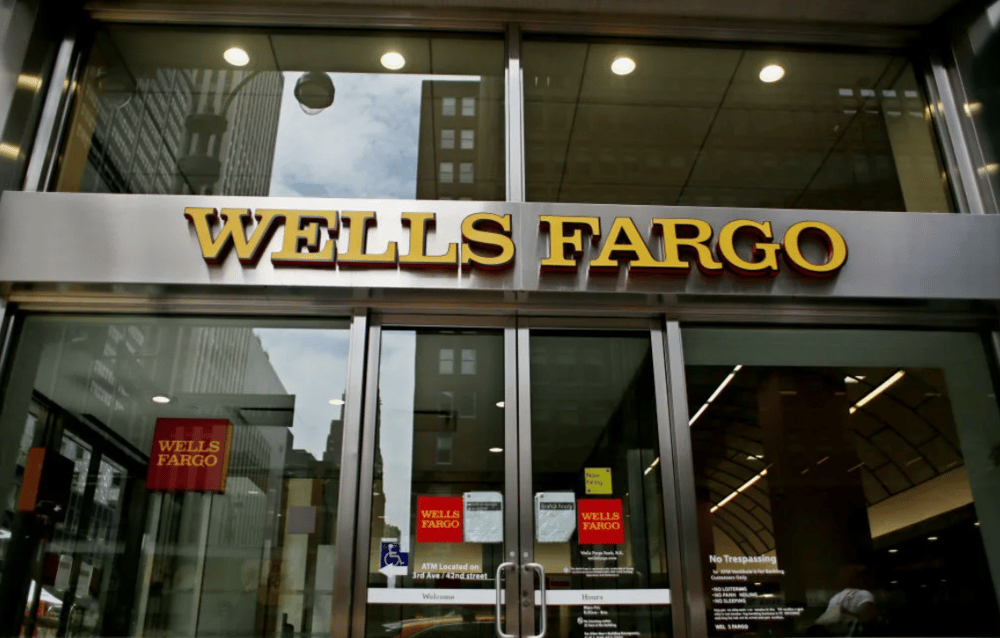Wells Fargo Asset Cap Removal: CEO Charlie Scharf Reacts to $1.95 Trillion Milestone
On Tuesday, Wells Fargo & Company $WFC witnessed a significant milestone as US regulators lifted the long-standing asset cap of $1.95 trillion, imposed following the bank's past compliance and risk management issues. This development marks a crucial turning point for Wells Fargo’s balance sheet expansion and signals a restored confidence from the Federal Reserve and other regulatory bodies.
Implications of Removing Wells Fargo's Asset Cap and CEO Charlie Scharf’s Response
The asset cap had constrained Wells Fargo's ability to grow its balance sheet since it was implemented in 2018, limiting its total consolidated assets to under $1.95 trillion. This regulatory restriction was part of the Federal Reserve's enforcement actions responding to multiple scandals and risk control failures at the bank.
CEO Charlie Scharf, known for his stringent management style, expressed visible emotion upon the lifting of the cap. He acknowledged the toll the restriction had on employees, clients, and investors alike, emphasizing the long and challenging journey toward compliance and operational overhaul.
Removing the asset cap unlocks Wells Fargo’s capacity to expand lending, investments, and service offerings — a critical factor for competitiveness amid ongoing economic recovery and rising interest rates. It also underscores the effectiveness of Wells Fargo’s enhanced risk governance and compliance frameworks, which have satisfied regulatory expectations.

Brief Facts
Wells Fargo’s $1.95 trillion asset cap lifted by US regulators as of Tuesday.
Asset cap in place since 2018, limiting the bank’s total assets.
CEO Charlie Scharf showed emotional relief following the regulatory decision.
The cap was imposed due to compliance failures and risk management lapses.
Removal enables Wells Fargo to grow its balance sheet and expand operations.
Market and Industry Reaction to Wells Fargo’s Regulatory Milestone
Following the announcement, Wells Fargo shares experienced positive but measured movement, reflecting investor recognition of reduced regulatory uncertainty without immediate dramatic shifts in fundamentals. Market analysts note that asset cap removal provides Wells Fargo greater strategic flexibility, especially amid rising US interest rates (USD) and a recovering economy.
Financial sector experts highlight that this regulatory relief enhances Wells Fargo’s positioning against peers like JPMorgan Chase $JPM and Bank of America $BAC, which have not been subject to similar constraints. The lifting also sets a precedent for other banks facing regulatory restrictions to demonstrate robust internal controls for capital and risk management.
CEO Scharf’s candid admission of the emotional impact sheds light on the human dimension behind corporate regulatory battles, highlighting the sustained effort required for institutional reform in large banks.

Key Points
Asset cap removal restores Wells Fargo’s growth capacity after nearly five years.
Regulatory confidence reflects improved risk and compliance frameworks.
Market reaction is cautiously optimistic, anticipating long-term operational benefits.
Competitive positioning strengthens amid US banking sector normalization.
Emotional leadership response underscores internal challenges in bank reform.
Sets regulatory precedent for other US banks under asset or capital restrictions.
Wells Fargo’s Asset Cap Lift Significance for Financial Industry and Market Confidence
The lifting of the $1.95 trillion asset cap on Wells Fargo represents a pivotal regulatory victory and a testament to the bank’s ongoing efforts to enhance risk management and compliance culture. CEO Charlie Scharf’s emotional reaction highlights the profound impact such regulatory constraints have on a financial institution’s leadership and workforce.
This development signals a renewed capacity for Wells Fargo to pursue growth and innovation within a less restrictive regulatory environment. It also reassures investors and market participants about the bank’s trajectory toward full operational normalcy, reinforcing confidence in the broader US banking sector amid ongoing economic shifts and monetary policy changes.















Comments